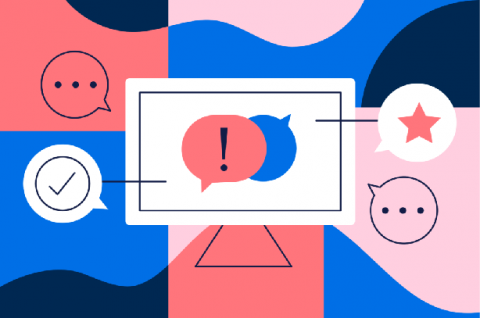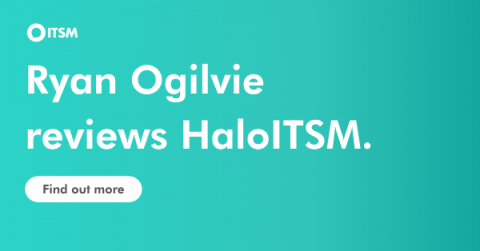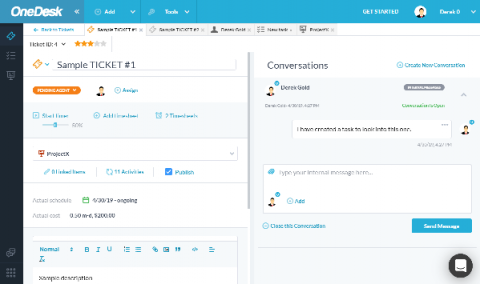Providing virtual feedback like a pro: 3 tips from Eat Your Coffee
What began as a joke about how convenient it would be to eat coffee on the way to class became somewhat of a dorm room experiment that led to the creation of Eat Your Coffee. Since then, we’ve grown our team and EYC (Eat Your Coffee) has scaled tremendously. We also moved to being a 100% remote company a few years ago with the help of a handful of tools, including Asana.










